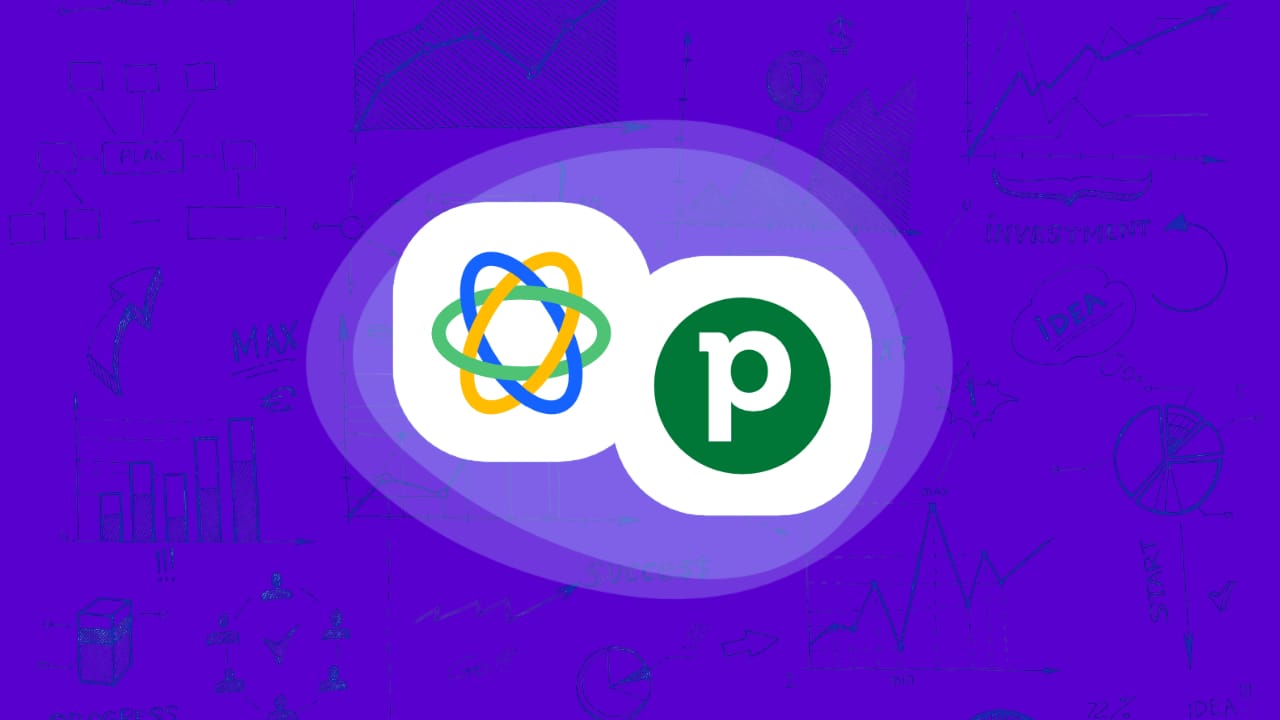Close vs Pipedrive: Choosing the Right CRM for Automation-First Sales Teams

Sales teams today no longer choose CRMs just for deal tracking they choose automation platforms that drive revenue operations. Both Close and Pipedrive have evolved from simple pipeline tools into ecosystems that connect seamlessly with modern automation stacks.
The real question is no longer which has better design, but which integrates more intelligently into your workflow orchestration layer.
Teams that already rely on Make.com, n8n, or Airtable need a CRM that can trigger events, expose APIs, and handle real-time updates. That’s where Close and Pipedrive take different paths
Platform philosophy: outbound vs pipeline depth
Close: Built for outbound velocity
Close is designed around outbound communication. Every core feature calling, emailing, SMS, and sequences happens inside the same interface.
It’s a sales engagement platform that acts like a CRM, making it ideal for teams that prioritize daily outreach volume, tracking conversations, and follow-up automation.
Key strengths:
- Built-in Power Dialer and SMS tools
- Native email automation and sequence tracking
- Real-time call and email logging without third-party connectors
- Developer-friendly API with predictable response structure
Weaknesses:
- Limited customization of deal stages and complex hierarchies
- No native marketing module or deep reporting without integrations
Close works best for fast-moving sales teams and agencies that rely on immediate follow-ups and multi-channel communication.
Pipedrive: Pipeline and process control
Pipedrive takes a more structured deal-centric approach. Every action revolves around progressing deals through defined stages, giving sales managers strong visibility into bottlenecks and conversion rates.
Key strengths:
- Excellent visual pipeline management
- Strong reporting and goal tracking
- Large ecosystem of marketplace apps
- Flexible custom fields and stage automations
Weaknesses:
- Outbound communication features require add-ons
- Webhook triggers can be slower than Close’s event hooks
- Manual configuration needed for multi-team setups
Pipedrive excels when you need operational clarity and a shared overview of complex pipelines.
Automation capabilities: triggers, actions, and logic
Close automation engine
Close offers built-in triggers for:
- Lead creation or updates
- Call or email events
- Sequence enrolments
- Custom activity types
The Close API supports real-time webhooks, meaning you can instantly push data into n8n or Make.com without polling. It’s particularly efficient for:
- Lead scoring and assignment
- Outreach automation via email sequences
- Slack or Discord notifications for team activity
Pipedrive automation engine
Pipedrive’s workflow automation module is highly visual and easy to use for non-developers.
It supports triggers such as:
- Deal stage changes
- Activity creation or completion
- Field updates
However, its webhooks run on slightly delayed events. For enterprise-grade speed, teams often connect via API keys and custom middleware built on n8n or Make.com.
Use cases where Pipedrive automation shines:
- Deal nurturing workflows with defined stage triggers
- Manager dashboards for conversion metrics
- Integrations with invoicing or marketing tools
Integration depth and ecosystem
| Category | Close | Pipedrive |
|---|---|---|
| Native API | REST & WebSocket real-time | REST API, slightly slower callbacks |
| Webhooks | Instant delivery | Delayed events, throttled |
| Marketplace Apps | Smaller, API-first tools | 400+ public apps |
| Automation Integrations | n8n, Make.com, Zapier | Make.com, Zapier, HubSpot, Slack |
| Email & Calls | Native | Third-party extensions |
| Reporting | Limited native dashboards | Advanced reports and custom views |
Verdict:
- Choose Close if you want minimal friction for outbound automation and direct API control.
- Choose Pipedrive if you value structured data, reports, and scalable workflow orchestration with visual control.
Real-world examples
Scenario 1 — SaaS outbound automation
A growth team needs to send 1,000 cold emails daily, auto-log replies, and route leads into onboarding automations.
Best fit: Close
Close handles outbound communication natively, syncs replies in real time, and triggers n8n automations for conversion follow-ups.
Scenario 2 — B2B service pipeline with long cycles
A consultancy manages multiple deal stages, hand-offs between sales and delivery, and monthly reporting dashboards.
Best fit: Pipedrive
Its visual pipeline and reporting tools keep operations transparent and scalable. Automations handle stage transitions and task creation across departments.
Scenario 3 — Multi-system integration
A scale-up wants to link CRM data with accounting, project tracking, and email marketing.
Best fit: Pipedrive with Make.com or n8n
Its field mapping flexibility and structured schema make it a strong hub for cross-platform workflows.
Pricing and scalability overview
| Feature | Close | Pipedrive |
|---|---|---|
| Starting Price | €49 / user / month | €24.90 / user / month |
| Free Trial | Yes | Yes |
| API Access | All plans | From Professional tier |
| Voice & SMS | Included | Paid add-on |
| Automation Builder | Built-in sequences | Visual automation editor |
| Best for | Sales engagement | Structured sales ops |
Close costs more upfront but reduces dependency on third-party communication tools.
Pipedrive’s lower entry cost makes it appealing for scaling teams that prioritise process over outreach.
When to pick which
Choose Close if:
- Your workflow is outbound-heavy and communication speed is crucial.
- You use cold outreach and rely on automation to manage replies.
- You prefer developer-level API control for integrations.
Choose Pipedrive if:
- You manage complex deal stages or multi-team processes.
- You require visual dashboards and extensive reports.
- You rely on orchestration platforms like Make.com or n8n to centralise workflows.
The bottom line
Both Close and Pipedrive can drive serious efficiency but they serve different mindsets.
Close is for velocity. Pipedrive is for visibility.
Teams that combine either with automation middleware gain the real competitive advantage.
At Scalevise, we help companies design end-to-end automation strategies around their CRM of choice. Whether you’re migrating from Close to Pipedrive or building a hybrid stack, our experts ensure your workflows remain fast, traceable, and scalable.
